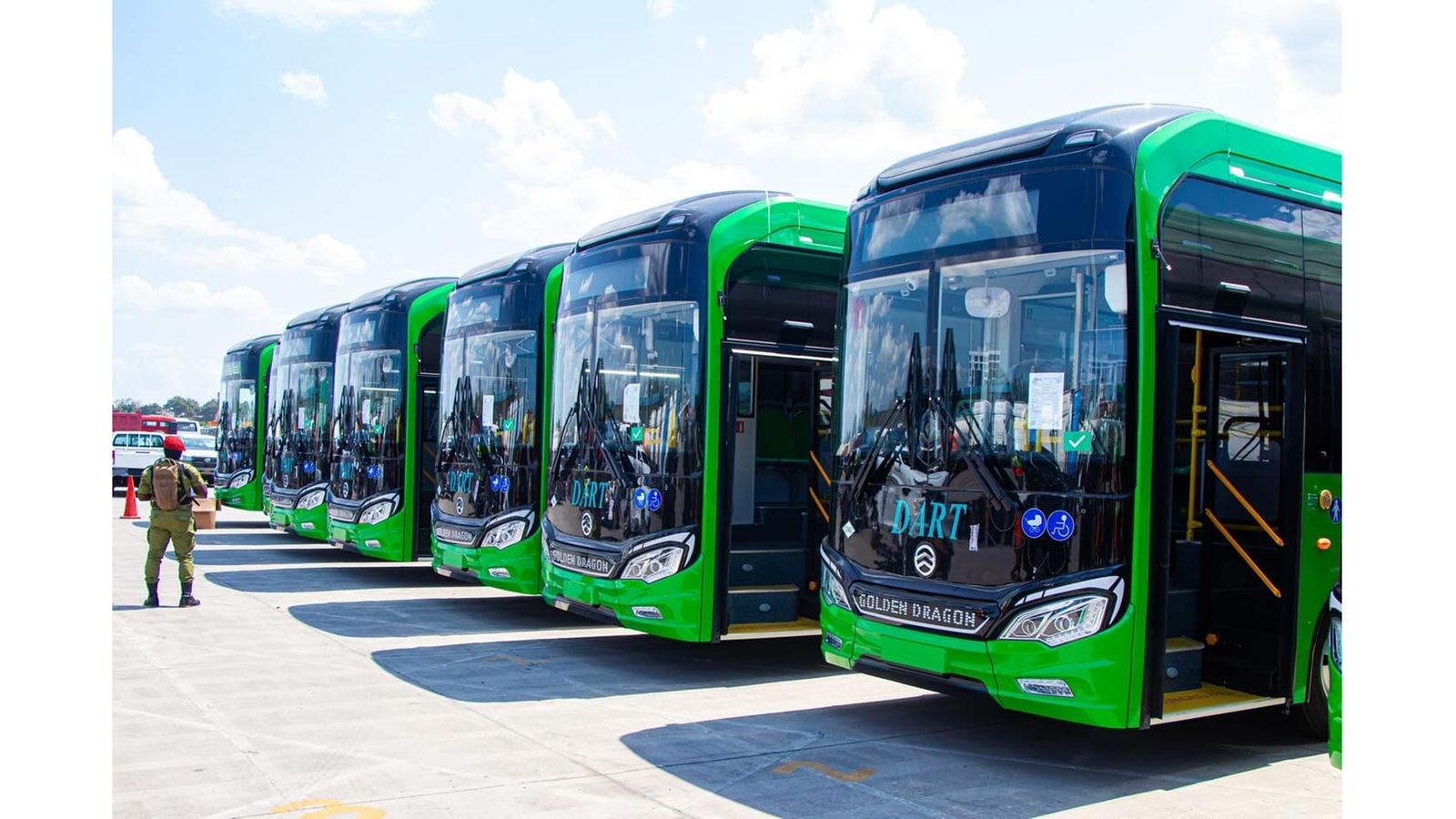

In early 2024, Kenya introduced its Electronic Travel Authorisation (eTA) system, intending to simplify and modernize travel processes. Instead, the system has sparked significant debate, with critics arguing it hinders rather than helps Kenya’s efforts to present itself as a welcoming and accessible destination. The government’s recent decision to review the eTA system is a timely opportunity to address these challenges and realign with broader Pan-African goals of unity and mobility.
Visa openness in Africa is about much more than convenience; it’s a vital step toward fostering stronger connections, boosting trade, and encouraging tourism across the continent. Kenya’s position on the Africa Visa Openness Index (AVOI) reflects a need for improvement. Rwanda, for instance, leads by example, offering visa-free or visa-on-arrival access to nearly all African citizens. Ghana’s visa-on-arrival policy and Seychelles’ elimination of visa requirements entirely highlight how progressive policies can attract tourists and business investments. In contrast, Kenya’s eTA system requires travelers to apply online at least 72 hours in advance and pay a $30 fee, which critics say complicates last-minute travel and deters potential visitors.
The African Continental Free Trade Area (AfCFTA) emphasizes the importance of reducing barriers to movement to drive economic growth and integration. As a key hub in East Africa, Kenya stands to benefit significantly from AfCFTA’s initiatives. However, aligning visa policies with these goals is essential. The African Union’s Protocol on Free Movement of Persons, adopted in 2018, offers a framework for visa-free travel across the continent, though only a handful of nations have ratified it so far. Revisiting the eTA system could help Kenya adopt measures like visa-on-arrival options or reciprocal agreements, making the country more attractive for both tourists and business travelers.
Technology is transforming travel experiences globally, and Kenya’s eTA system is part of this shift. However, its implementation has highlighted gaps, especially in accommodating travelers on short notice. Lessons can be learned from countries like Mauritius and South Africa. South Africa’s eVisa system, for example, provides flexibility for last-minute travelers, while Mauritius integrates digital visa platforms with tourism campaigns to great effect. Kenya’s review of the eTA system offers a chance to create a more user-friendly and inclusive platform that meets modern travel demands.
Tourism remains one of Kenya’s economic mainstays, contributing significantly to foreign exchange earnings and employment. Yet, industry leaders caution that restrictive visa policies and rising taxes risk stifling growth. Mohammed Hersi, a prominent voice in the tourism sector, advocates for simpler, reciprocal visa-free arrangements to attract high-spending tourists. These travelers, often from Europe and North America, tend to prefer traditional, in-person application systems over complex digital processes.
Other African nations provide clear examples of the benefits of open visa policies. Rwanda’s policy has solidified its reputation as a regional hub for investment and tourism. Benin and Seychelles have demonstrated that removing visa barriers can strengthen economic ties and foster regional unity. These success stories offer Kenya a roadmap for reforming its visa policies while balancing security and accessibility.
The decision to revisit the eTA system is more than an administrative adjustment; it’s an opportunity for Kenya to lead by example. By addressing concerns from stakeholders and travelers alike, and drawing inspiration from successful models across Africa, Kenya can position itself as a forward-thinking destination. Aligning its policies with the African Union’s Agenda 2063 and AfCFTA’s vision could unlock new economic opportunities while contributing to a more connected and prosperous Africa.


